If you live in Seattle a craft distillery might not seem like a big deal—there are 24 to choose from. But if you live in Los Angeles, like us, you have nothing—or you had nothing, at least, until 2011 when Greenbar Craft Distillery ended a 95-year spirits-making drought for L.A. by moving downtown. The company’s story reads like a fairy tale: A husband and wife start an artisanal spirits-making venture together and prove that with passion, creativity, and hard work it can flourish. What’s not to love about that?
Greenbar started out in 2004 in Monrovia, California, creating award-winning infused vodkas under the Modern Spirits name. Over the next ten years they converted to an all-organic approach and expanded their product line to include Tru vodkas and gins, Crusoe rums, Fruitlab liqueurs, Bar Keep bitters, Ixá tequilas, Slow Hand whiskeys, and finally, Grand Poppy bitter liqueur. Brian and I were curious about this rapid diversification and how this young company has been able to maintain (and improve) quality and stay innovative when confronting such a diverse array of spirits and processes.
We joined co-founder and spiritsmaker Melkon Khosrovian in Greenbar’s conference room, which had been usurped by dozens of colorful jars containing experimental infusions—sumac, cardamom, sarsaparilla, rooibos, bilberry, and buchu leaf to name a few. Melkon spoke at length about palate memory, stomach medicine, white wine yeast, poisonous woods, non-narcotic poppies, and failure.
◊
The Rituals: Greenbar started off doing infused vodkas. What have you learned from ten years of making infusions?
Melkon: Infusions are all about control. They can go off track easily because the interaction of whole ingredients in alcohol is very complicated. Alcohol can suck things out of good ingredients pretty quickly. Different proofs extract different flavors, as I’m sure you guys have experienced. One thing on its own tastes a certain way—you put it against something else and it can change radically. So we have learned over a decade in this business to control flavor through a very regimented process in order to end up with the same flavor profile at the end of an infusion—even though the ingredients that we put in are always different. Summer lemons versus winter lemons. Vanilla beans from one part of the world versus another. All of these things—all of the inputs—taste significantly different, so we’ve become very adept at controlling everything at every point to make sure that we don’t screw up at the end. You can think of us as highly control freaky!
The Rituals: We’ve been making our own bitters and simple infusions and we notice that we’ve had a few more failures than we’ve had successes.
Melkon: We’re learning as well.
The Rituals: Can you talk about some of your failures?
Melkon: I once asked a professional photographer, “How do you take such incredible pictures?” He said, “Well, for every one that works, I take two or three thousand that suck.” And it’s the same thing with us. It’s just continual trial and error, especially with our approach to things which is not conceptual. We don’t follow recipes from some magical time in the history of cocktail making; we only make things that taste good and have an interesting flavor profile and that are memorable. Our whole focus is to create palate memory, which is going to speak something whether you hear the backstory or not. And that takes a lot of trial and error. There is no shortcut. It’s just a lot of work. Just like that photographer that takes thousands of pictures, we make hundreds and hundreds and hundreds of trials before one of them makes it to market.
The Rituals: Are there any specific ideas that you’ve given up on?
Melkon: We were very hopeful that we could use cucumbers, whole cucumbers, in an infusion process. Unfortunately, in about two months the cucumbers broke down and became spoiled vegetable matter. Many ingredients have the same longevity problems in infusions: cucumber is one, pineapple is another one. Lots of herbs, like shiso leaves, are similar—they don’t survive. We had very high hopes for horseradish, but two weeks into the infusion process it broke down and produced a sulfur taste. Some ingredients are just like that. So in the journey to make flavors work together we reject a lot of things. Today I am making an infusion blend and I’ll probably go through fifty. Each one will be rejected, probably, because the combinations won’t work. But this is what I do to keep in shape. It’s my workout. You guys go to the gym—I come here and drink!
The Rituals: We read that you often employ a back-to-front approach in developing your spirits. How do you reverse engineer a spirit by envisioning it as a specific ingredient in a specific cocktail?
Melkon: One of my favorite drinks is the Negroni. It’s simple. But, for the life of me, I can never find the gin in a Negroni because Campari—or whatever bitter liqueur you use—plus vermouth will always dominate the very light aroma and flavor of a London dry gin. You could use vodka and you wouldn’t notice the difference in that classic 1:1:1 recipe. Now people use 2:1, 3:1, just to give London dry a chance to be perceived. Okay, fine. But maybe it’s not the recipe’s problem—maybe it’s the gin’s problem. So let’s make a gin that works in those kinds of settings.
Now, my wife and I were in Italy once. We went to a pharmacy and I said, “I have a stomachache, can you give me something?” And the pharmacist gave me a vial of brown liquid and I drank it and it tasted just like gin. So I asked him, “Did you give me gin?” And he said, “No, no, it’s stomach medicine.” And I said, “Yeah, but it tastes like gin.” And he said, “Well, what do you think gin is?” Gin started in the 1500s as stomach medicine. All of the active ingredients had to be extracted using an infusion process. It took a long time, looked brown, and had a strong flavor to it, which is why it worked.
So years later we were thinking about the Negroni and about how to make a gin that would work in that setting and we thought, “Oh, how about that stomach medicine from Italy?” And it turns out that it is the ancestor to all gin. The Italians made it, the Germans made it, the French made it, the Dutch made it. To this day it exists—it’s kind of a microscopic niche and it’s sold as medicine, but this compounded infusion has a lot of flavor that you don’t find in a London dry. So that is what we aimed for and that is why our gin works really well in Negronis.
The Rituals: Could you discuss your transition from doing simple infusions to actual distilling?
Melkon: Our entry point into spirits making was very much as a customer. We came in as drinkers. We were not third-generation distillers, coming from a family that made liquor all of their lives. That part was opaque—we didn’t know anything about that. How do we become an nth generation whiskey maker? That’s not our history! We do drink, though, and distillation was an interesting opportunity to take our obsessive mindset with infusions and apply it to a different process.
We begin by fermenting in closed temperature-controlled tanks, which is highly uncommon among distillers. The norm is open-top hot fermentation, which means that you have very little control over what the yeasts produce. Most of what ends up in the bottle, especially for straight alcohols—clear non-flavored alcohols—is whatever the yeasts produce, so if you don’t have any control over what they are doing you don’t have any control over what you put in the bottle. So one of the things we do is longer, colder fermentations—our fermentations last typically 7-10 days versus 1-2 days. The other thing we do is control the yeast strain very carefully to match the flavor profiles we want to create. We use white wine yeast in our rum because it gives us a certain flavor that you don’t find produced by the typical yeast that grows on sugarcane. It also gives the rum a much softer texture on the finish than you would get from a rum yeast.
Now that we’ve created something interesting in the fermentation tank, how do we get it out? We go to another control freak environment—our continuous fractionating column still, which is the first of its kind in the U.S. This allows us incredibly precise controls of what flavors we can distill out of the fermentations. Using a batch pot still, which we also have, is like catching fish with a net. Here you get a lot of flavors but it also means you get all of the flavors—some are good, some are better, and some are not so good at all. Picking those out of the whole is not easy with a pot still, but with a continuous fractionating still—by controlling heat and cold in each of our four columns—we can narrow the range of flavors to the ones that taste best and best fit the flavor profile we want to achieve. The last column allows us to find the aroma that best complements the flavor profile and marry it to the distillate. We break everything apart and rearrange it the way we find interesting. Hardly anyone does that.
The Rituals: Let’s talk about whiskey. What is your philosophy on this front, since Greenbar has only been making whiskey for a couple of years?
Melkon: Well, we had to ask ourselves, “How do we make a different sort of whiskey than the mass producers and have that be sustainable for a small distillery?” We can’t do what Maker’s Mark and Buffalo Trace do—it doesn’t make sense for us to compete on that scale. And besides, those whiskeys exist already! It seems like a crazy idea. It’s as if all craft brewers wanted to make Budweiser. What’s the point? Budweiser exists and you can’t undercut them on price! So we thought we had to make a different kind of whiskey because that’s what our job really is. It’s not to duplicate the big guys—it’s to make something that is different. So we make two kinds of whiskeys and each one is radically different from the other and significantly different from what’s on the market.
The Rituals: So what are you doing differently with the aged version [Slow Hand Six Woods Whiskey]?
Melkon: Three-quarters of the flavor, color, and aroma in whiskey is related to the wood. Only a little bit of the flavor comes as a distillate. Everyone uses white oak barrels, but if we buy those same barrels that everyone else buys, we lose. And we can’t really be interesting by growing our own trees and milling them and making our own barrels. So we began to think about different woods, because as a former furniture maker I’ve burned lots of woods and know that there are interesting flavors out there. Four years ago we trialed thirty different species to see what the flavors were like—some were boring, some were poisonous, but a bunch were interesting. We began to marry those ones in ways that would highlight the flavors of each wood and complement each other.
Many of the six woods that we use in Slow Hand Six Woods are not typically found in whiskey, and the reason they are not typically found in whiskey is because these woods make terrible barrels! You could never make a barrel out of grape wood because it’s vine-like and thin. Other woods leak. But who cares? There are great flavors here so we just treat the wood like something we infuse because essentially that’s what happens in a barrel anyway. Whiskey gets into the wood and grabs flavor in the same way that it goes into spices or fruits or flowers and grabs flavor and color and aroma.
At its core whiskey is grain alcohol flavored with wood and aged in the presence of oxygen. And in our process that’s kind of it. We bring all of these woods in, we weather them, we toast them, we test them, then we put them in and taste every other day to make sure the whiskey is coming along well. And if we have too little mulberry we put in more mulberry; if we have too much grape wood or hickory or maple we yank those out. Again, it’s not everyone’s cup of tea—it’s not bourbon, it’s not scotch, but it’s interesting. And that’s our job. That’s our obligation to drinkers. Just as craft brewers and family winemakers and artisanal cheese makers have this obligation to do things that are different, we have to take risks that stretch the boundaries a little bit, to bring you guys something cool.
The Rituals: Of all your products is there one that stands out as particularly underrecognized? Something you are proud of that hasn’t caught on with the public yet?
Melkon: I think the brightest dark horse is our Grand Poppy Bitter Liqueur. It takes every one of our skills that we’ve honed over the years to make this product. We make the alcohol in house. We infuse everything to the point where it smells right and then we redistill it like you do with gin and then reinfuse it. Our effort with this is to make something that really reflects being in California. There are lots of amari from Europe that reflect alpine meadows or landscapes of northern Italy and Switzerland. But we’re not there, we’re here, and we wanted to pay homage to California by using things that grow only here or grow best here: California bay leaf, California bearberries, artichoke, dandelion, and citruses—oranges, lemon, and grapefruit. There are other transplants that grow like weeds here, like pink peppercorn from Peru that you see in all of our parks and highway dividers. I wanted to capture the magic of California in a way no one else has. And we are the only distillery to use the poppy—the California poppy, our state flower, not the heroin poppy!
The Rituals: Thankfully.
Melkon: People write to us saying, “I failed my drug test because I drank Grand Poppy.” But it wasn’t because of us, I assure you!
The Rituals: What advice would you give your younger self who was just starting out?
Melkon: Take more risks. I think as we get older and more established in the industry, that’s what is more fun for us and more fun for our customers—to really lay it out. Don’t play it safe. Just go for it. It may not work, but that’s really our obligation—to take those big risks and do something that’s never been done before.
◊
At the Rituals we are big fans of the Grand Poppy Bitter Liqueur, which proved to be our gateway drug into the Greenbar universe. We have been slowly working our way through Greenbar’s catalog, starting with their intensely flavorful Fruitlab liqueurs (orange, jasmine, and the particularly amazing ginger offering) and moving on to the Tru Organic Gin (cures what ails you) and the compellingly savory Tru Organic Garden Vodka. Next will come the darker spirits! Head to greenbar.biz to learn more about Greenbar Craft Distillery’s entire product line and to make reservations for tours and tastings.
On the Next Rituals: Bathtub Gin & The Case For Adjustment, Modification, & Refinement!
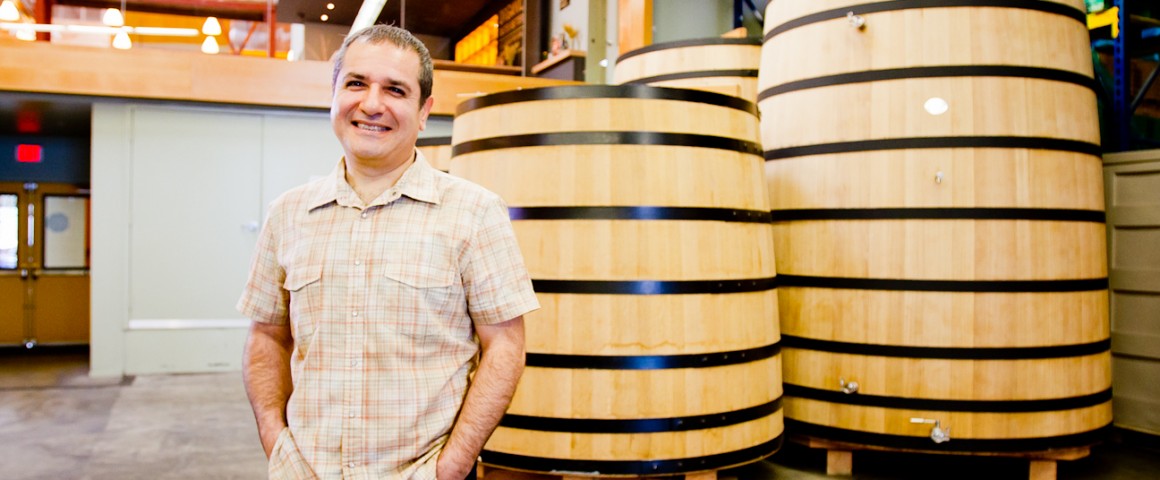
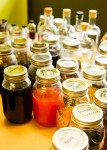
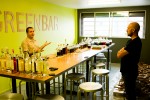
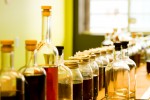
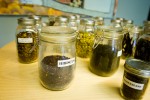


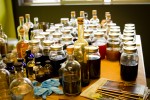
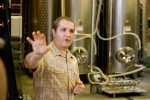
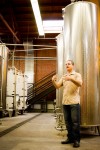
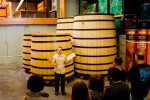
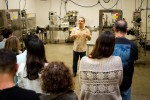
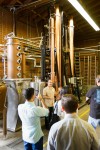


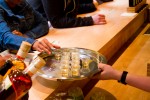



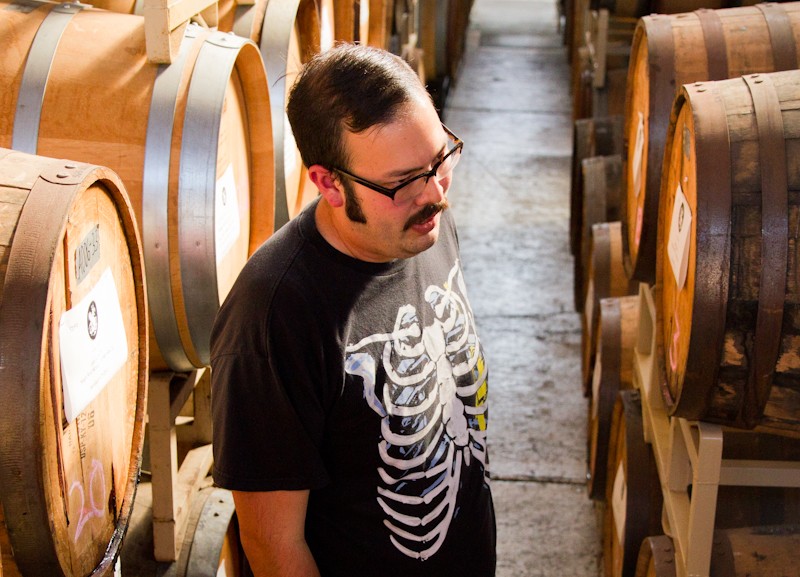
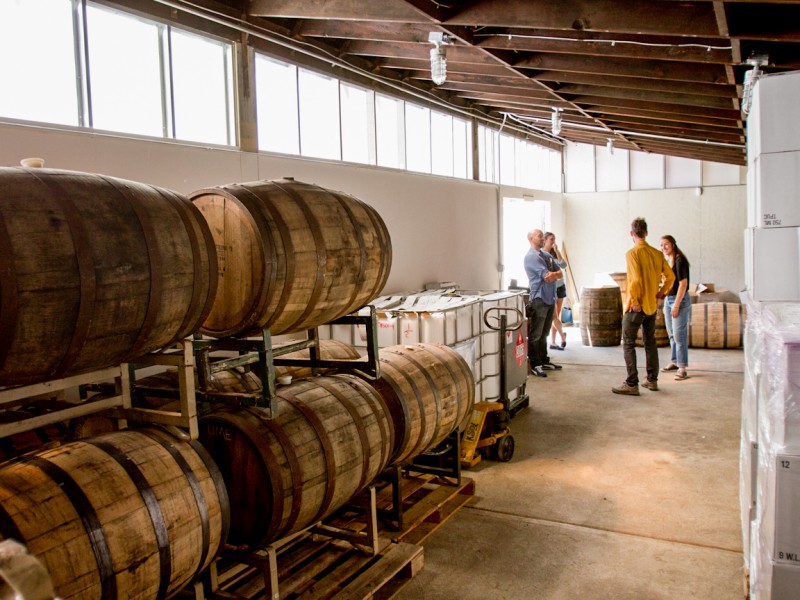
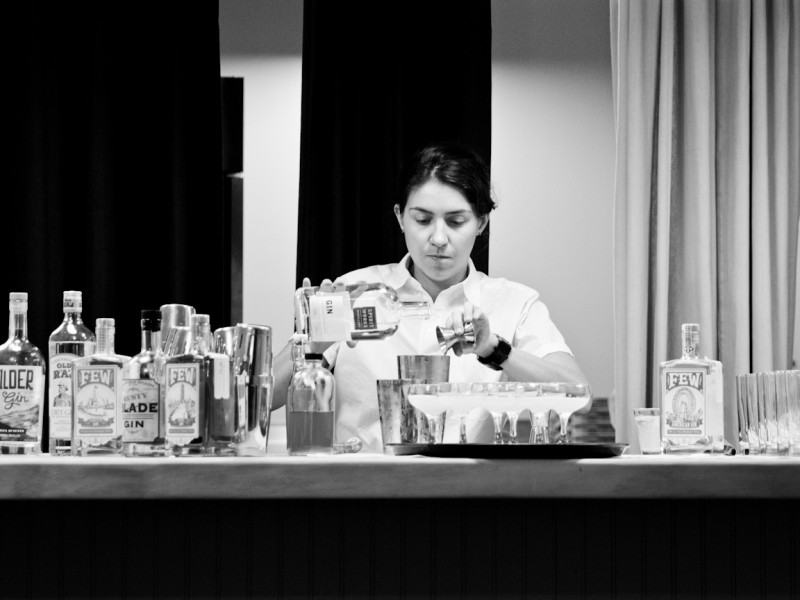
'Greenbar Distillery Interview' has no comments
Be the first to comment this post!